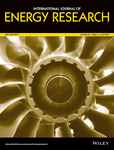Journal list menu
Export Citations
Download PDFs
Experimental parameters affecting the photocatalytic reduction performance of CO2 to methanol: A review
- Pages: 2031-2049
- First Published: 30 January 2018
Applying the blockchain technology to promote the development of distributed photovoltaic in China
- Pages: 2050-2069
- First Published: 22 January 2018
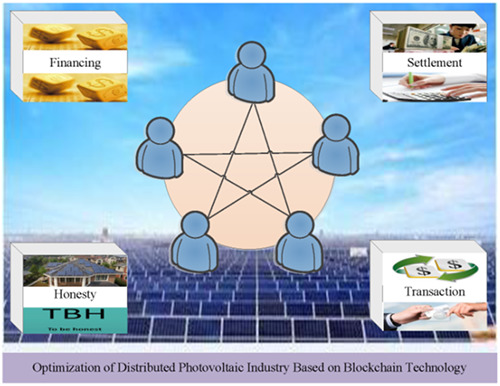
Highlights
- Current situation of China's distributed photovoltaic is investigated.
- Policy environment is presented and analyzed.
- Strengths, weaknesses, opportunities, and threats are illustrated and classified.
- How blockchain technology can promote the development of distributed photovoltaic is studied for the first time.
- The suggestion on promoting the development of blockchain is proposed.
Optimized production and advanced assessment of biodiesel: A review
- Pages: 2070-2083
- First Published: 19 January 2018
Improving indoor thermal comfort by using phase change materials: A review
- Pages: 2084-2103
- First Published: 30 January 2018
Graphene-based ternary composites for supercapacitors
- Pages: 2104-2116
- First Published: 08 February 2018
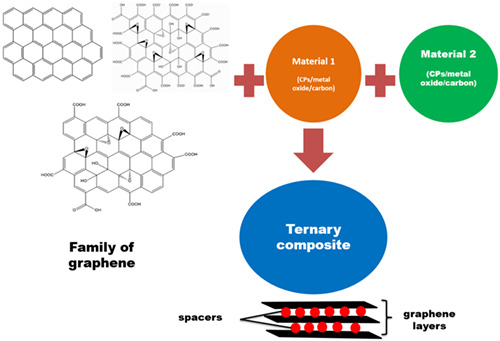
Herein, we report the advances on graphene-based supercapacitor with a focus on graphene-based ternary composites. The ternary composites can be fabricated by using the combination of active materials, ie, graphene, conducting polymers, metal oxides, and other carbon-based materials. It critically reviews the supercapacitive performance of ternary composite containing graphene.
Systems analysis of different value chains based on domestic forest biomass for the production of bio-SNG
- Pages: 2117-2140
- First Published: 08 February 2018

- Value chains where forest biomass is upgraded to intermediate products, before transportation for further upgrading at a synthetic natural gas plant, are compared with chains in which the forest biomass is transported directly to the synthetic natural gas plant.
- Drying forest residues using excess heat at pulp mills leads to somewhat increased transportation costs, whereas heat is “moved” from a location where it could be hard to find profitable ways to use it to where it could be used for district heating, resulting in similar performance for the compared chains.
Fabrication of oxide pellets containing lumped Gd2O3 using Y2O3-stabilized ZrO2 for burnable absorber fuel applications
- Pages: 2141-2151
- First Published: 08 February 2018
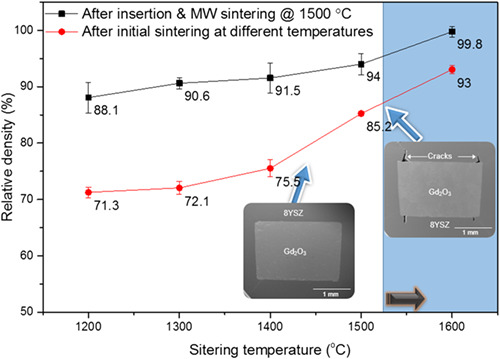
This study investigates the fabrication of a novel burnable fuel design composed of an oxide pellet containing a lumped Gd2O3 rod, mini-pellet, or spherical particle to improve the performance of nuclear reactors through longer fuel cycle and better fuel utilization. The interfacial cracks were eliminated by controlling the initial density of the lumped Gd2O3.
Effects of geometrical parameters of a dish concentrator on the optical performance of a cavity receiver in a solar dish-Stirling system
- Pages: 2152-2168
- First Published: 08 February 2018
Biofuel supply chain optimal design considering economic, environmental, and societal aspects towards sustainability
- Pages: 2169-2198
- First Published: 20 February 2018
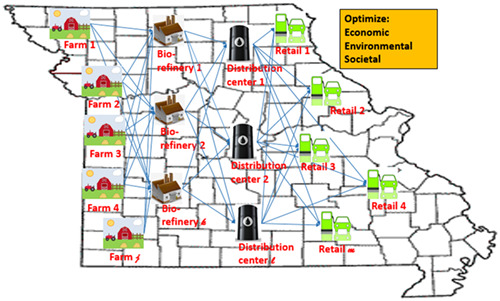
The paper proposes a model to design an optimal biofuel supply chain considering economic, environmental, and societal objectives. The resulting biofuel supply chain can achieve a 21% reduction of the transportation emission, a 33% increase of the profit, and a 2% augmentation of the market share compared to the benchmark scenario.
Design and performance study of a low concentration photovoltaic-thermal module
- Pages: 2199-2212
- First Published: 05 February 2018
Thermogravimetric analysis and process simulation of oxy-fuel combustion of blended fuels including oil shale, semicoke, and biomass
- Pages: 2213-2224
- First Published: 01 February 2018
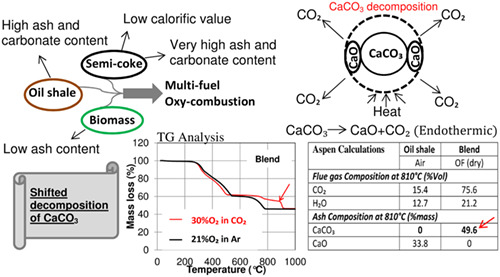
Firing of oil shale with semicoke and biomass in oxy-fuel combustion process can give an effective solution for the use of the heating value of semicoke. Furthermore, multifuel combustion with the optimum ratios can be a promising alternative to meet future emission targets and reduce the environmental impact in terms of the reduction of CO2 and waste ash emissions from oil shale processing and oil shale-based power sector.
Determination of oxygen transport resistance in gas diffusion layer for polymer electrolyte fuel cells
- Pages: 2225-2233
- First Published: 21 February 2018
Evaluation of a large dish-type concentrator solar lighting system for underground car park
- Pages: 2234-2245
- First Published: 27 February 2018
Experimental and numerical studies on air cooling and temperature uniformity in a battery pack
- Pages: 2246-2262
- First Published: 09 February 2018
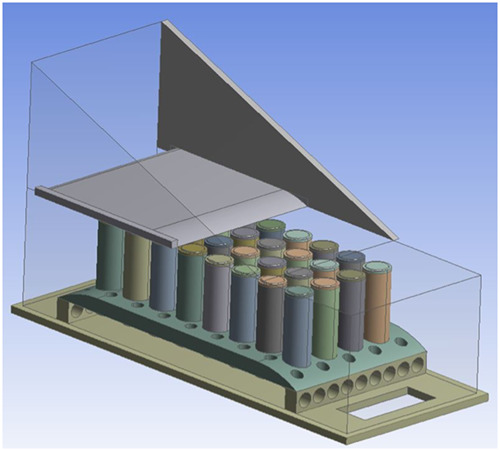
In this paper, a passive technique to improve temperature uniformity in a simple battery pack by adding an inlet plenum is examined. The focus is placed on enhancing temperature uniformity and reducing the maximum temperatures at the cell and pack level. This battery pack has a very simple configuration, requires no moving parts, and introduces mixing and turbulence in the air flow to provide a high level of temperature uniformity.
Energy-efficient design of greenhouse for Canadian Prairies using a heating simulation model
- Pages: 2263-2272
- First Published: 13 February 2018
CO2 capture from reheating furnace based on the sensible heat of continuous casting slabs
- Pages: 2273-2283
- First Published: 13 February 2018
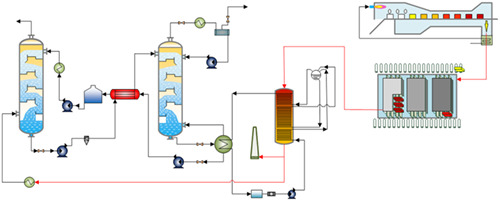
A carbon capture system of reheating furnace flue gas, based on the sensible heat of continuous casting slabs, is designed in this paper. By using Aspen Plus to optimize parameters of the capture system, the regeneration energy consumption is obtained and the result is verified by comparing the data with that of other research. Main parameters of continuous casting slabs and the heat recovery boiler are also calculated.
Cavity receiver thermal performance analysis based on total heat loss coefficient and efficiency factor
- Pages: 2284-2289
- First Published: 05 February 2018
Investigation of thermoelectric generators connected in different configurations for micro-grid applications
- Pages: 2290-2301
- First Published: 07 February 2018
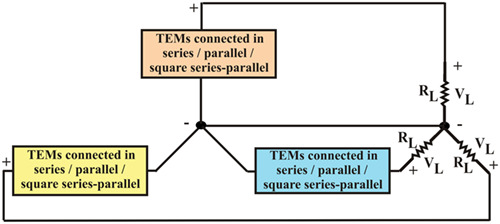
- This research work investigates the performance characteristics of the thermoelectric modules connected in different configurations under homogeneous and heterogeneous temperature difference condition.
- The optimal series-parallel combination for maximizing the load power is square series-parallel configuration, whose maximum load power is 95.5%, compared to the reference load power.
- The series, parallel, and square series-parallel configurations are connected as star to obtain 3 separate DC outputs to power the DC microgrid applications.




